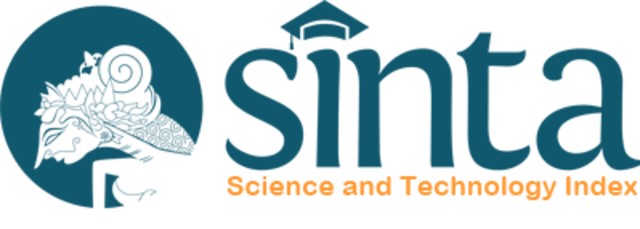Analysis of Supply Chain And Value Added of Soybean Commodity In Grobogan Regency
Abstract
Soybean as one of national important food commodities has a central role in national food policy and the fulfillment of community nutrition. Indonesia is the largest soybean market in Asia by importing as much as 67.28% or 1.96 million tons of domestic soybean needs, while the remaining 32.72% is produced through domestic soybean production. The length of the supply chain from producers to consumers causes the selling value of products to fluctuate and tends to decrease. This study aims to analyze: (1) Supply chain performance and the factors influencing the marketing channel choice of soybeans in Grobogan Regency. (2) Activities that add value carried out in the soybean supply chain and the distribution of value added of these actors in Grobogan Regency. This research was conducted in Grobogan Regency, Central Java. Primary data were collected through interview techniques using a questionnaire. The types and number of respondents consisted of 100 soybean farmers, 10 collecting traders and 3 processing industries. Analysis of the description of the soybean supply chain is carried out using the FSCN process framework. Marketing efficiency is measured from marketing margins, farmer's share analysis, profit and cost ratio.The factors that determine the choice of farmers to the supply chain used, the quantitative approach to the multinomial logit regression model, and the added value analysis used is the Hayami method. Viewed from the marketing margin, farmer's share, also the profit and cost ratio, channel four is more efficient than other channels.There are several factors that influence the decision making of soybean farmers to sell soybeans. Some of the factors are the knowledge that the farmers have, number of sales (harvest) and selling prices. All secondary soy products produced will be able to increase the income of businesses, including soybean farmers
Downloads
References
Swastika DKS, Sri N, Muhammad HS. 2013. Kedudukan Indonesia dalam Perdagangan Internasional Kedelai. Bogor (ID): Puslitbang Tanaman Pangan.
Tastra IK, Erliana G, Gatot SA. 2012. Menuju Swasembada Kedelai Melalui Penerapan Kebijakan yang Strategis. Malang (ID): Balai Penelitian Tanaman Kacang-Kacangan dan Umbi-Umbian.
Singarimbun, Masri dan Sofian Effendi.1989. Metode Penelitian Survei. Edisi Revisi. Jakarta (ID): Pustaka LP3ES Indonesia.
Zakiah. 2012. Preferensi dan Permintaan Kedelai pada Industri dan Implikasinya terhadap Manajemen Usaha Tani. Jurnal Sosial dan Pembangunan, MIMBAR. 28(1): 77-84.















